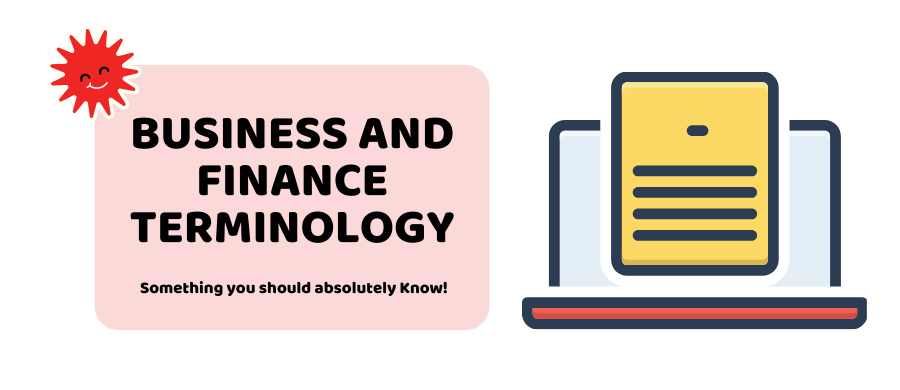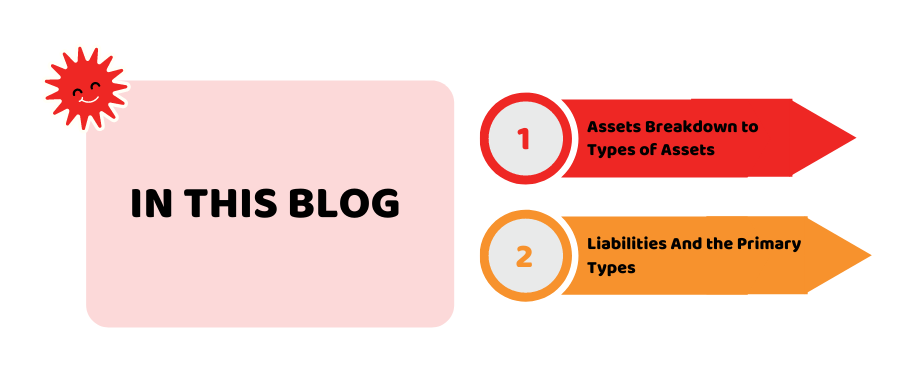If you are associated with the business world, there is always room for learning new things. As you will always be challenged with new problems to solve, new tools to master, and new financial terminology to learn. Regardless of your position in your career. Since owning and carrying out a business comes with a constant learning curve.
Whether you are a new entrepreneur with appealing business ideas or carrying out an established business that needs ideas to expand, learning is a constant process. You don’t need to be overwhelmed with learning a lot of terminologies at once. Rather do it in segments to keep yourself concentrated.
Whether you are new to business or experienced, you need to get the best financial advice from our Chartered Accountants to grow your valuation. Get in touch today!
Importance of Knowing Financial Terminologies
Knowing the financial terminology and language is a must for every business owner to become a confident part of the business society. As you are the representation of your business name in the market. In order to enhance your communication skills with enriched vocabulary, give this blog a complete read till the end.
And we will cover some of the best business and financial terminology to help you become a convincing communicator in no time.
In this blog, we will cover the terminologies from general business financial operations to business loans and accounting. Also with a complete description. So let’s get started.
- Assets – Breakdown to Types Of Assets
- Liabilities And Its Primary Types
Our Consultants provide the latest business and COVID – 19 news to clients, contact us now if you want to know how these updates can affect your business.
Assets – Breakdown to Types Of Assets:
The first financial terminology to discuss is Asset. As economic resources are the most important thing that a business owns. And these economic resources are the assets of a business. Anything that has economic value in business is taken as its asset. Generally, we have six types of assets. They are described here for you.
- Operating And Non-operating Assets
- Tangible And Intangible Assets
- Fixed and Current Assets
Operating And Non-operating Assets: By operating assets we mean the assets that are required to complete day-to-day business activities. Normally, we count things that help to make the products or services produced by the companies. Some common examples are cash, operating machinery, inventory, and bank balance.
There are some things that are not essential to finish the making of products. Such assets are known as non-operational assets. Patents, brands, and trademarks are common examples of non-operating assets. This type of asset is important to establish and carry out the business.
Tangible And Intangible Assets: As the name is self-descriptive, tangible assets are the ones that you can touch and see physically. Mostly the fixed assets like cash, land, machinery, equipment, and furniture, etc come under this category. As these are the kind of assets that can be touched and seen.
Now Intangible asset is just the opposite of a tangible asset. So this includes everything that is not tangible. Agreements, brands, copyrights, and trademarks are some common intangible asset examples.
Fixed and Current Assets: Long-term and non-current assets are some other terms used for fixed assets. Due to the fixed nature of such items, it is often hard to convert them into cash. For instance, machinery, land, real estate, and furniture are certain examples that would require complex procedures to turn into cash again.
On the other hand, unlike fixed assets, it is easy to convert current assets to cash. Short-term investments, business balance, security, receivable bills, etc are included in the current assets list. As it is easy to convert them into cash.
Liabilities And Its Primary Types:
As we are clear that assets are the reason to add the economic value of your company. Now liabilities are just the opposite of assets. The company is responsible for the debts and other financial operations by law, this comes under the liabilities. This includes credit cards debts, bank loans, and the amount that the company owes to its manufacturers.
Liabilities can be categorized into two primary types. Generally, this refers to the subcategories including current liabilities and non-current liabilities.
Current Liabilities: This refers to the immediate debts that are to be paid within a limited time period. Common examples of current liabilities are the amount owed to the suppliers and vendors.
Non-Current Liabilities: This category is connected to long-term debts and obligations that are to be paid after a year. Time duration is what makes it different from current liabilities. This includes deferred taxes, business loans, and leases.
Let’s Put It All Together:
Having a good awareness of the financial language and activities of your business can help to increase the chances to grow your business swiftly. This maintains the image of you as a confident part of business society who will eventually bring good news to your business valuation. We hope this blog helped to develop a better understanding of financial terminology and its importance.
Need Professional Help to add more to your knowledge quest, there is no one that can guide you better than our experts at Accotax. Contact now!























































